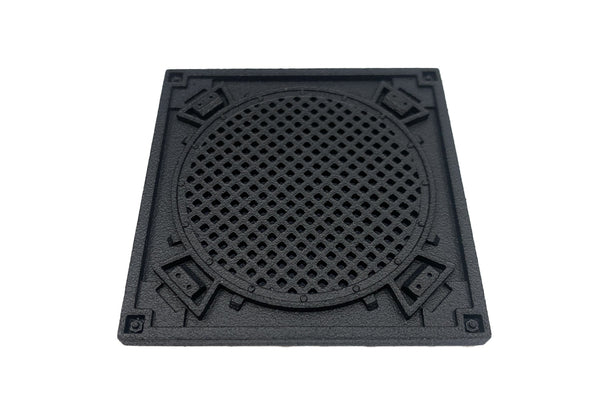Dragon 1:35 - SEAL 'Nam' Series
3302
Sold Out
Dragon 1:35 - SEAL 'Nam' Series - Plastic Model Kit #3302
In 1961-1962 the US Army began to establish guerrilla and counter-guerrilla units from the Navy's Underwater Demolition Teams. These units were able to operate from sea, air and land. The first two teams of US Navy SEALs (Sea, Air, and Land Teams) were formed in January 1962. They were trained in unconventional areas such as high-altitude parachuting, hand-to-hand combat, demolitions, and foreign languages. Their mission was to conduct clandestine operations and counter guerilla warfare in maritime and riverine environments.
The first SEALs were deployed to South Vietnam (in and around Da Nang) in 1962. Initially their purpose was to train the commandos of the Army of the Republic of Vietnam in guerrilla/anti-guerrilla tactics, combat diving and demolitions. Later in the war, the SEALs were positioned in the Rung Sat Special Zone and the Mekong Delta, disrupting the enemy supply and troop movements and fulfilling riverine operations. Eventually there were 8 SEAL platoons in Vietnam on a continuing basis.
By 1970, the US began to remove its presence from the Vietnam War, returning the responsibility of defense back to South Vietnam. The last SEAL platoon left the country in 1971 and the last SEAL advisor left in 1973. In April 1975 South Vietnam fell to the communist forces.
This kit contains over 80 parts for the assembly of four figures of the US Navy SEALs in Vietnam.
Related Items
Soviet Sniper WW2 1/16th scale
£45.00 GBP
Highly detailed 1/16th or 120mm scale miniature, capturing the uniform and equipment of a WW2 Soviet Sniper. The kit comes with three head configuration options, fur hat with ear flaps known as the 'Ushanka', a head with helmet (2 parts) and a head with a cap known as the 'Pilotka'.
This is ideal for a diorama or bust depicting Soviet Snipers such as Vasily Grigoryevich Zaitsev. Between 10 October 1942 and 17 December 1942, during the Battle of Stalingrad, he killed 225 enemy soldiers. Zaitsev became a celebrated figure during the war and later a Hero of the Soviet Union, and he remains lauded for his skills as a sniper.
Operation Frankton RMBPD Set - WWII Cockle Canoe + Royal Marines
£45.00 GBP
1:35 - Major Herbert George "Blondie" Hasler - Resin kit
Herbert George "Blondie" Hasler was a Lieutenant Colonel of the Royal Marines. In 1942, a 28-year-old Hasler planned and led Operation Frankton. The operation was a commando raid on Axis shipping in the French port of Bordeaux occupied by the Germans. The mission was to attach mines to the hulls of German cargo ships. Three of the five canoes were lost on the way to the port. The surviving crewmen including Hasler reached the port successfully, placed the mines and managed to drown four cargo ships. They then walked 100 miles to a French village where they met with members of the Resistance and started their journey back to England through Spain and Gibraltar. For this operation Hasler was awarded the Distinguished Service Order by King George VI.
One kayak was damaged while being deployed from the submarine, and it and its crew therefore could not take part in the mission. Only two of the 10 men who launched from the submarine survived the raid: Hasler, and his number two in the kayak, Bill Sparks. Of the other eight, six were executed by the Germans and two died from hypothermia.
This product is available in two scales, 1:35 and 1:24 and was painstakingly designed from scratch as a digital model.
The kit includes: 2 x miniatures (Blondie Hasler and Bill Sparks) in their folding Cockle Canoe named 'Catfish' made by Campaign Models (UK).
Now available, while stocks last.
Miniature Diorama Display Base
£9.50 GBP
This highly detailed Diorama base is ideal for mounting one or two figures on display. Small enough to be displayed easily, big enough to provide enough space to set the scene. More styles coming very soon!
Dimensions: 58mm x 58mm x 4mm
1:35 Resin Miniature WWII German Soldier Eastern Front
£15.00 GBP
A detailed single (1x) resin miniature in 1:35 scale, posed to be standing while smoking a cigarette. The kit consists of the following parts:
Head/torso
Helmet
Right arm with MP40
Left arm/hand
Left leg
Right leg
M1931 Bread Bag - with M1931 Field Flask and Mess tin combined
Ammunition Pouch
Spare MP40
Sidearm in holster















